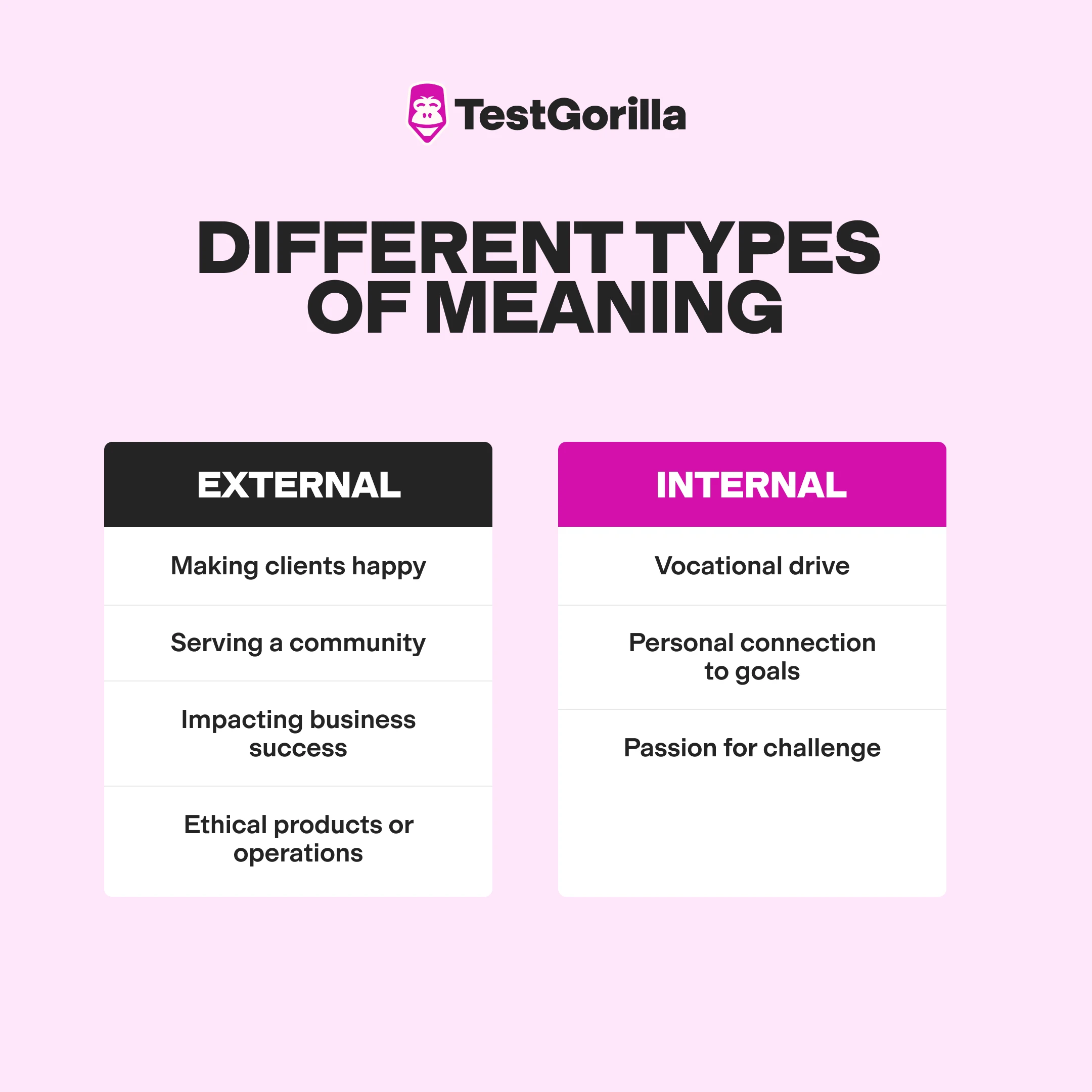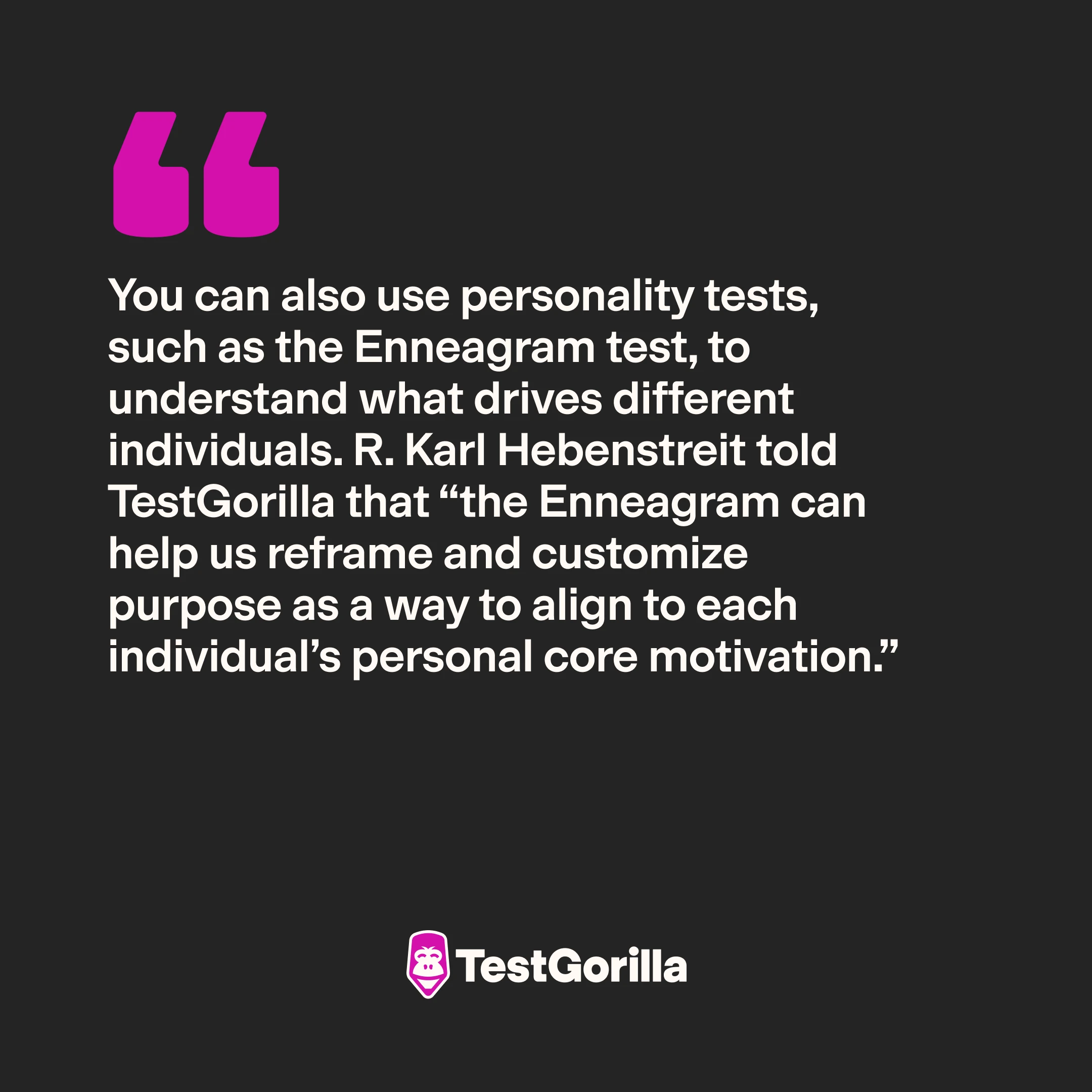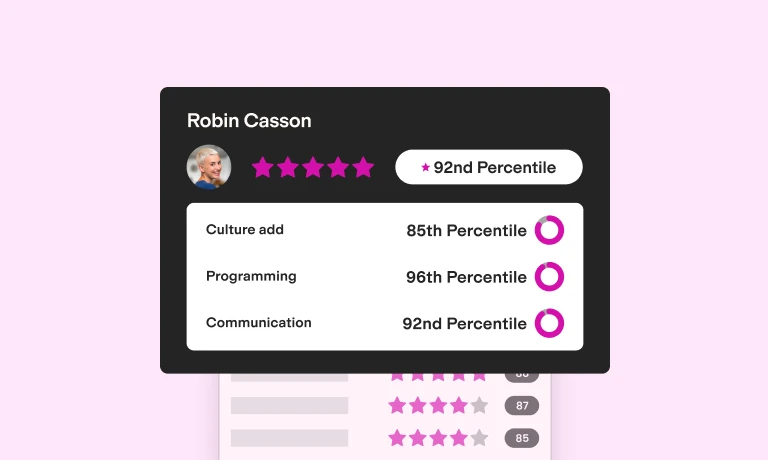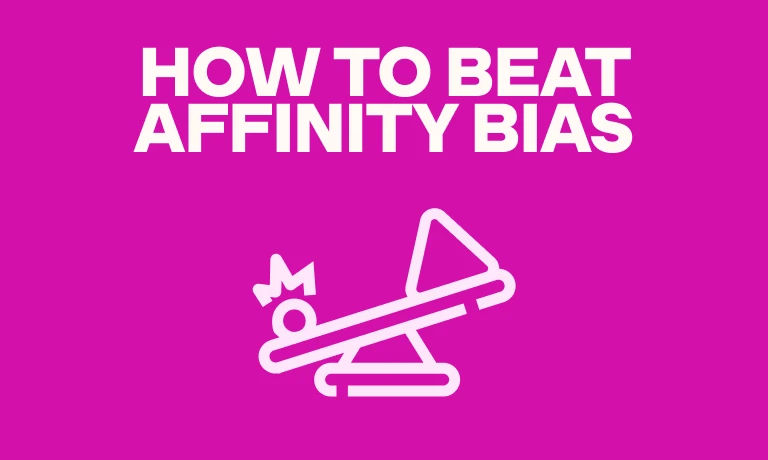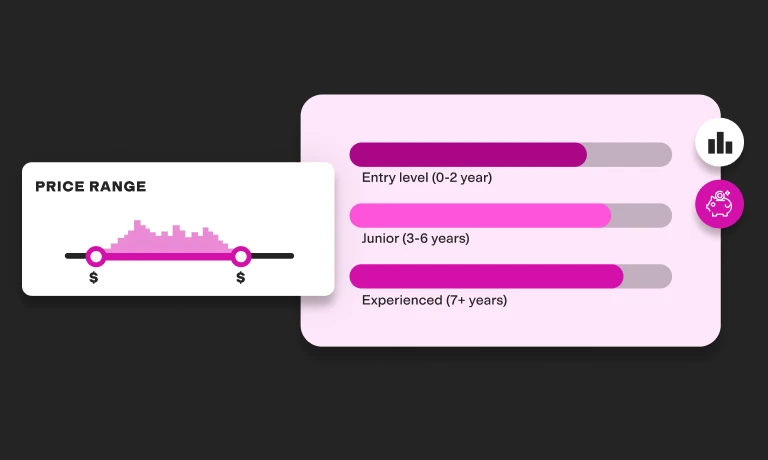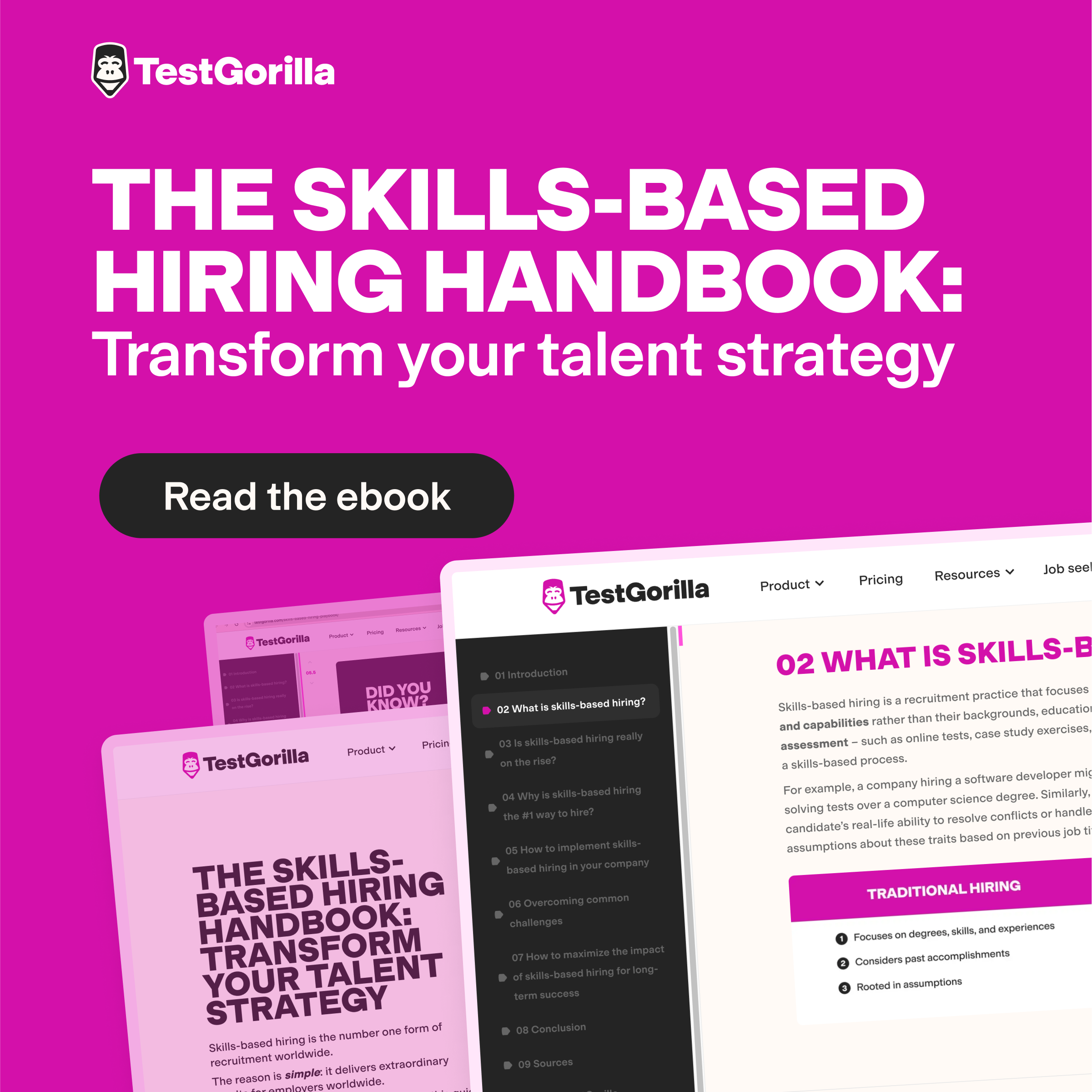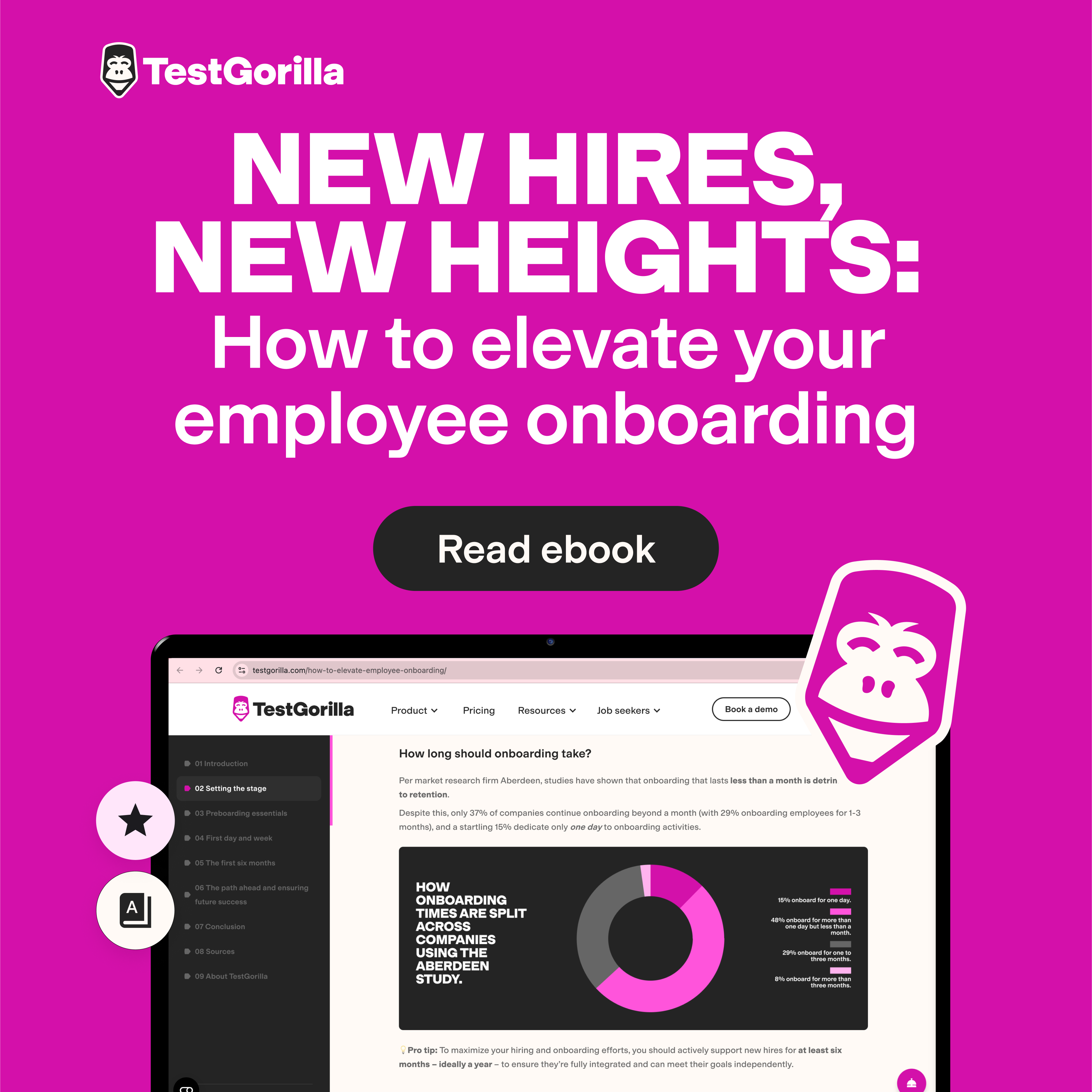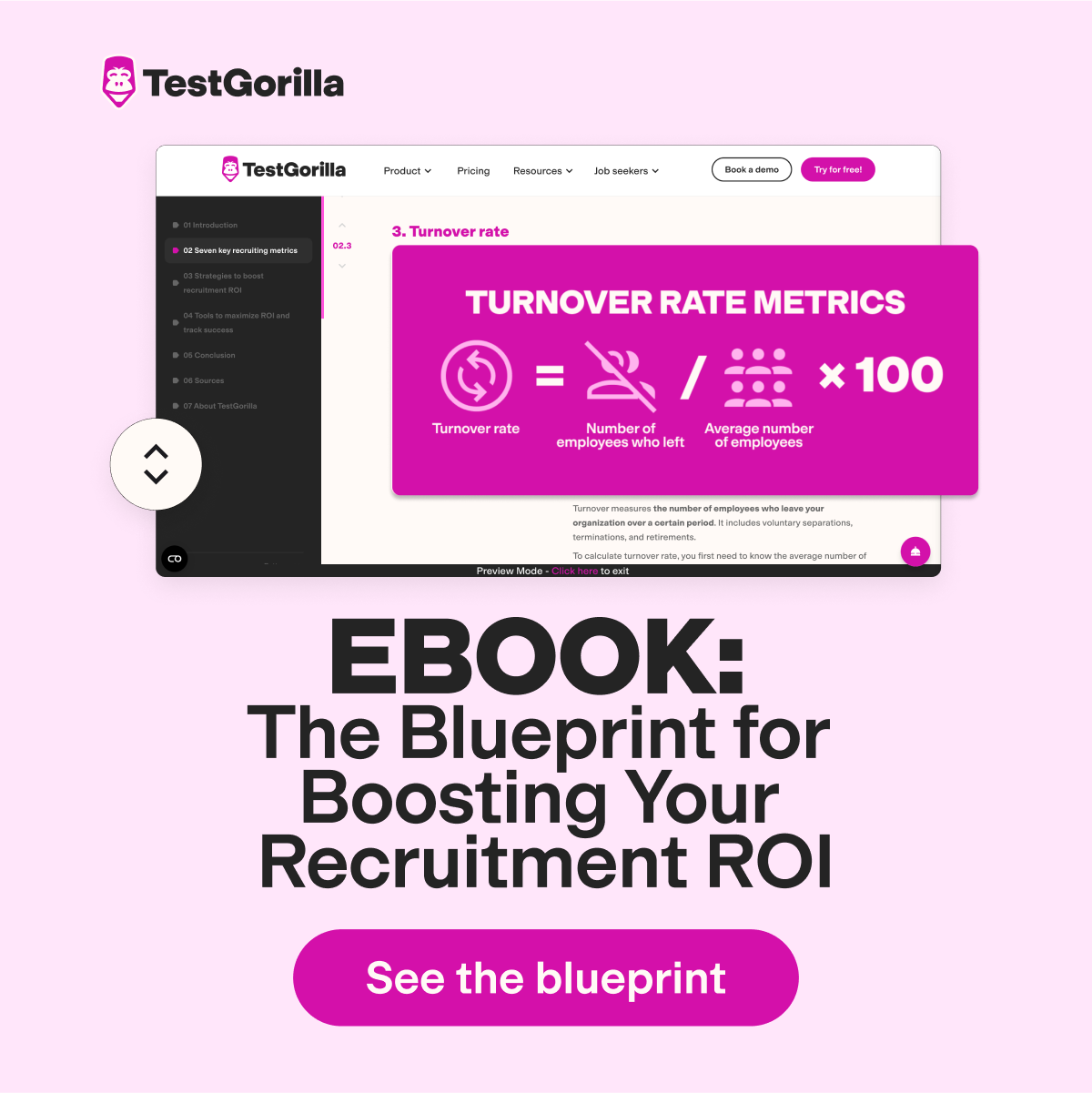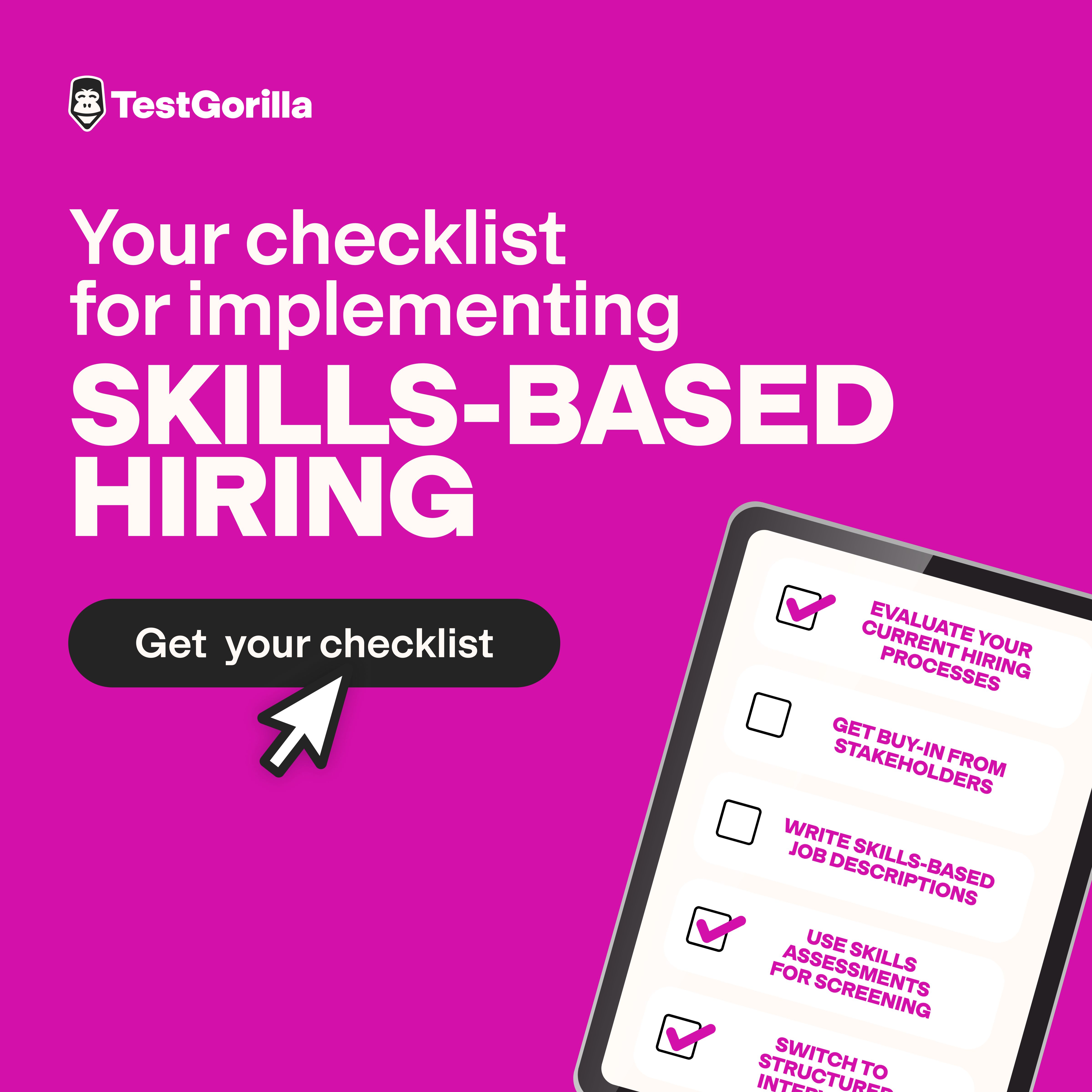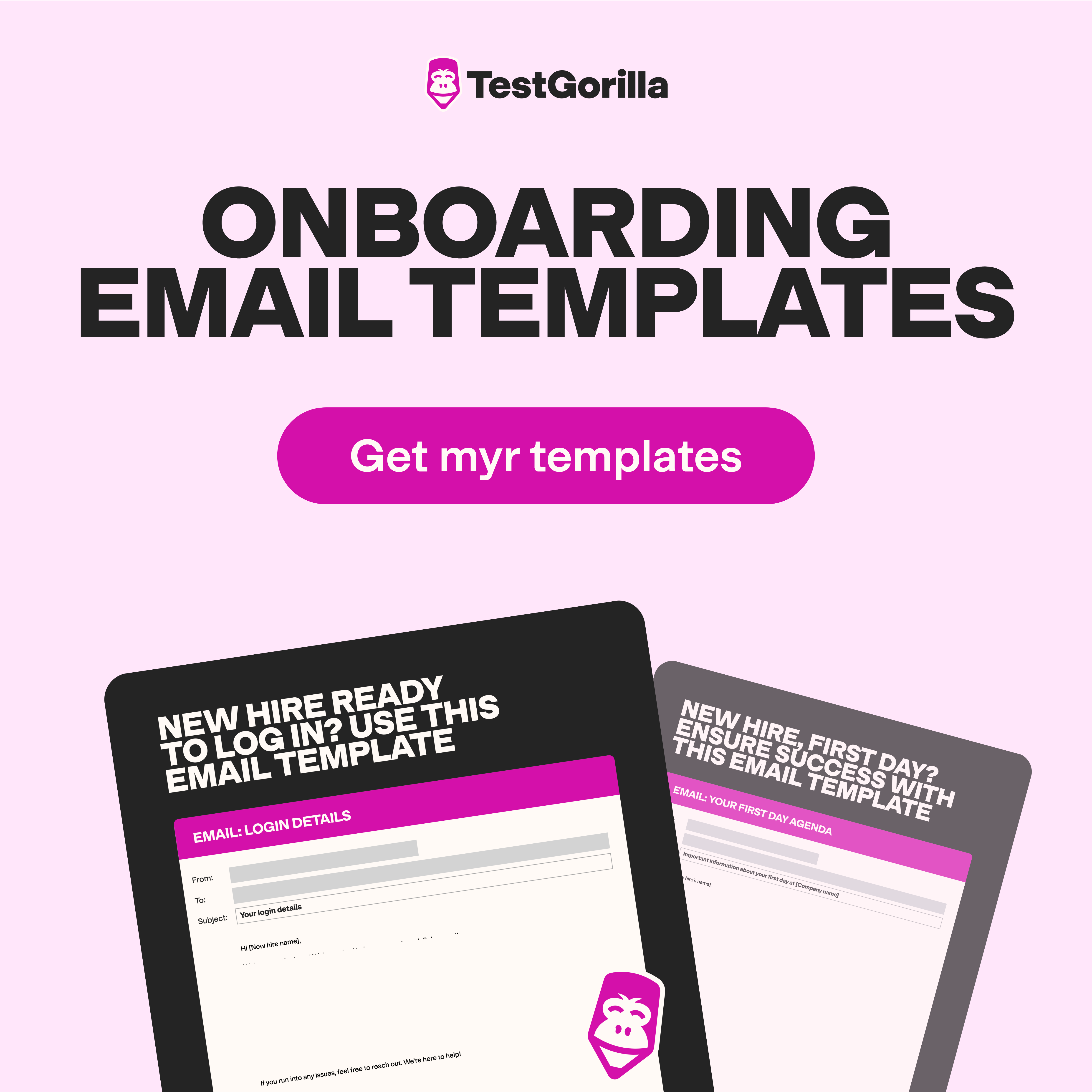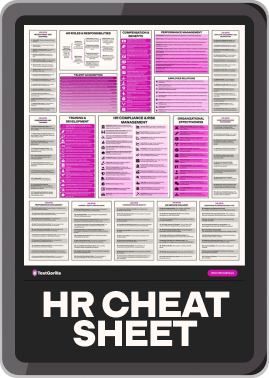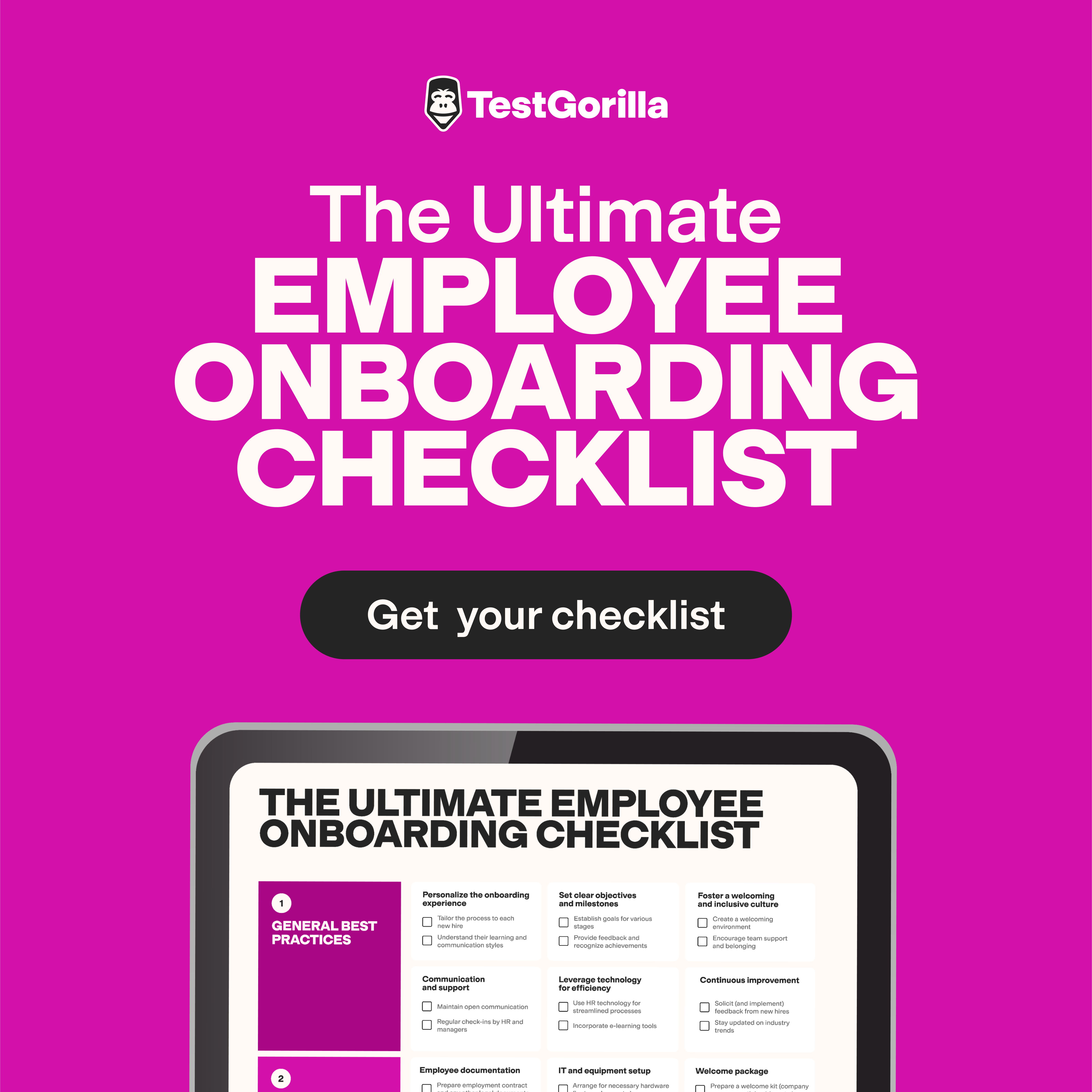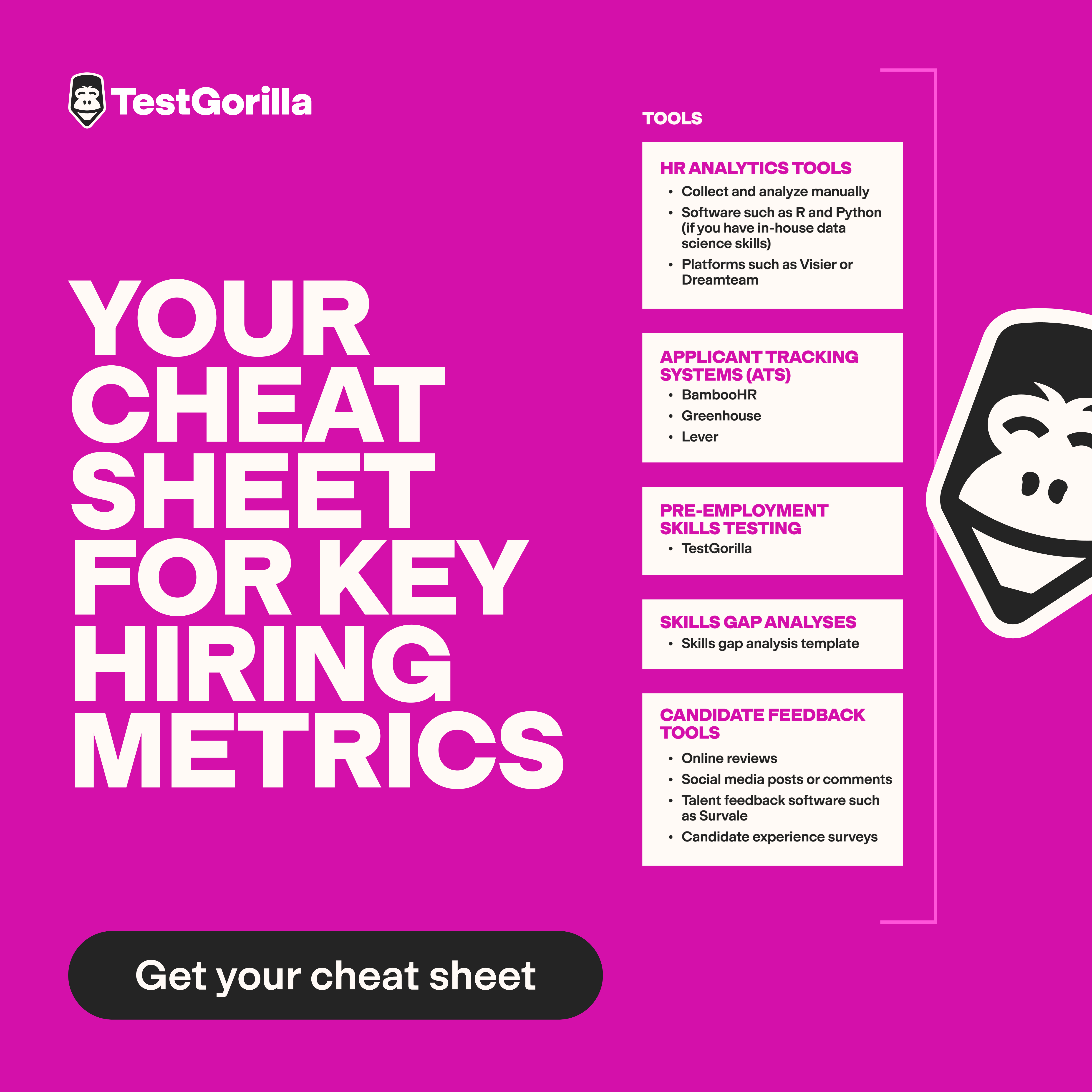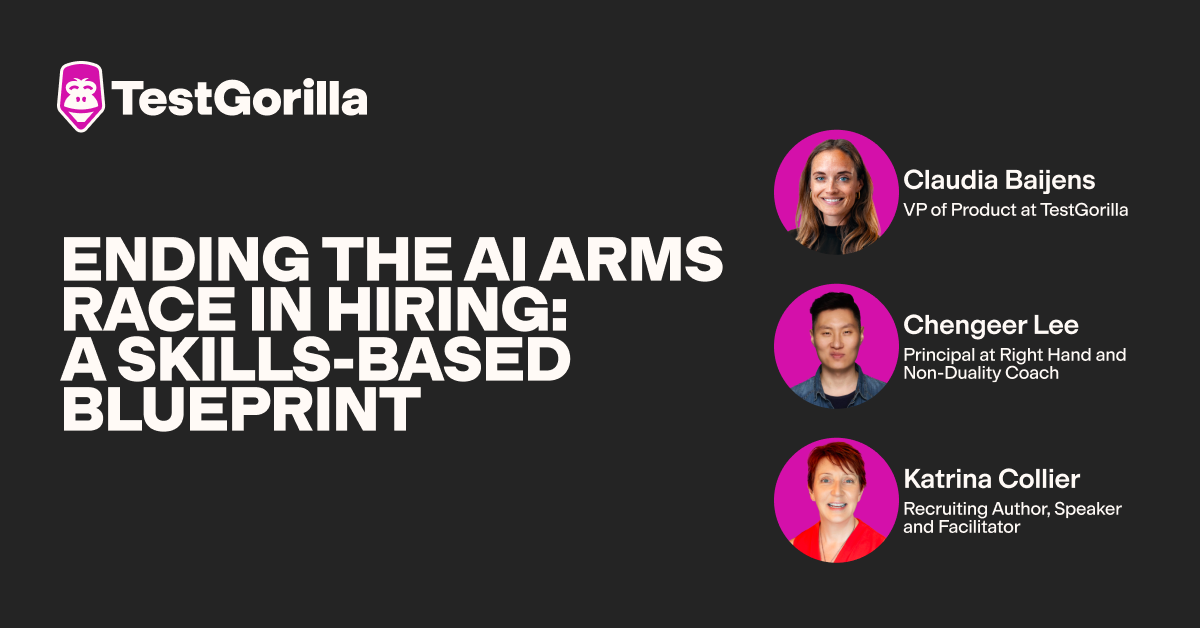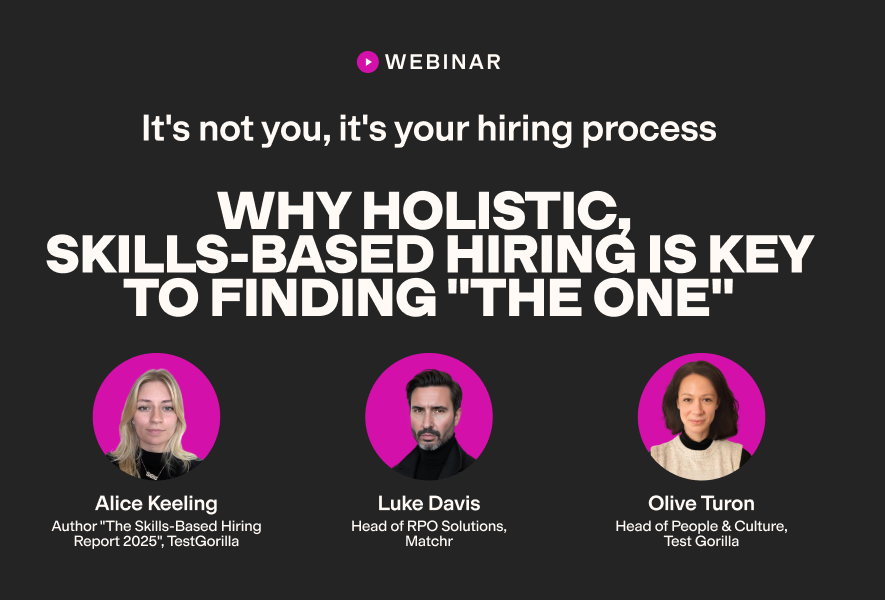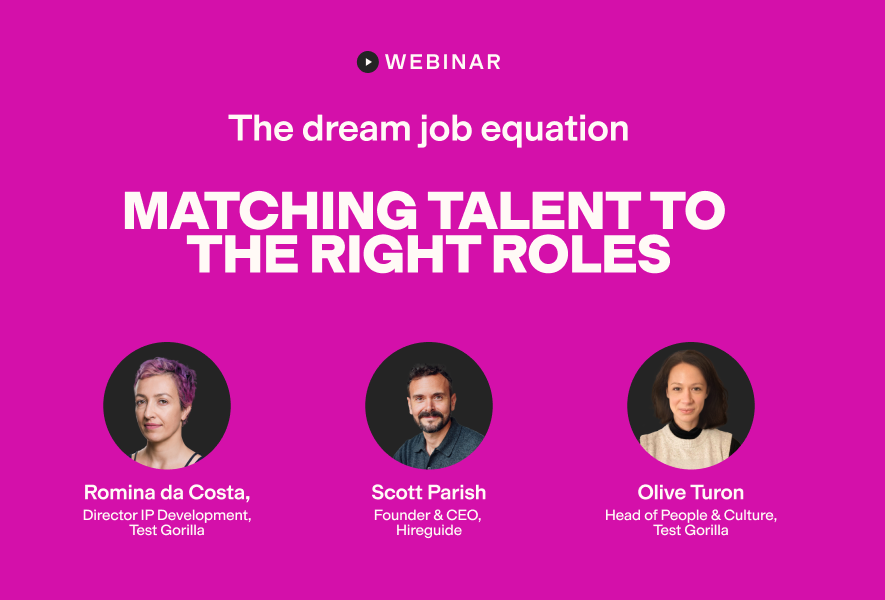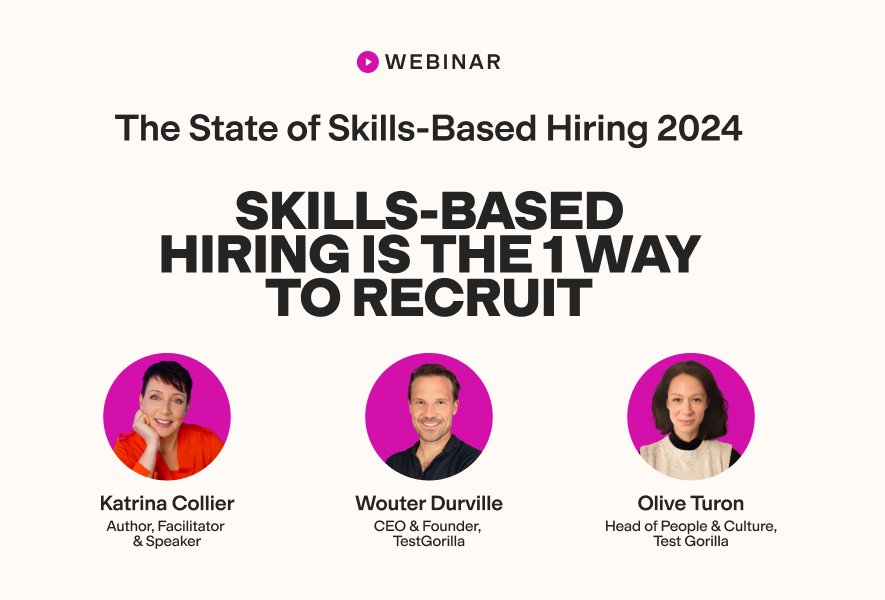Not long ago, businesses could bag employees with good paychecks alone, and meaningful work was optional. But it’s 2025, and workers don’t just want the cherry on top – they want to have the whole cake and eat it.
As the Gen X and Boomer generations make room for Millennials and Gen Zs, a lack of meaning at work can lead to quiet – and not-so-quiet – quitting. To reduce employee turnover, increase engagement, and future-proof your workforce, you can’t treat meaning as an afterthought. You have to embed it deep into your business and HR strategy.
For this article, we’ve spoken to meaning-driven leaders and analyzed empirical research to unpack why meaning matters – and how you can turn it into a strategy at your company.
What do we mean by meaning?
Using Simon Sinek’s ”Start with Why” framework, we can define meaning as the alignment of an individual's “why” (motivation) with their “how” (work) and “what” (result).
It looks different for different people.
Rutger Bregman, co-founder of The School for Moral Ambition, proposes that talented, ambitious people should “devote [their] working life to the great challenges of our time, whether that’s the climate crisis or corruption, gross inequality or the next pandemic.”
This angle is backed by Sahil Shah (co-founder of Say No To Disinfo), who told me that “teams that address these problems may be best placed to attract top-tier talent.”
But TestGorilla has also spoken to the other side of the debate. Sharon Koifman, founder of remote work agency DistantJob, thinks “purpose isn’t about some cheesy environmental or political statement.” It can also manifest as employees owning and seeing the effects of their work.
Our take? Aim for the former definition and use the latter as a backup. In the average talent pool, some people are keen to solve humanity-level issues, others want to use their vocation, and yet more love serving small communities or teams.
Here’s a bird’s-eye view of different types of meaning:
Types of meaning | Example: Meaning in action |
External | |
Making clients happy | Solving a stressful client problem as a customer service assistant |
Serving a community | Mentoring youth at risk of homelessness in monthly volunteering days |
Impacting business success | One’s high-quality work contributing to renewed client contracts |
Ethical products or operations | Improving diversity and inclusion, and reducing carbon footprint |
Internal | |
Vocational drive | Finding professional fulfillment through one’s vocation – such as being a performer, counselor, or healthcare worker |
Personal connection to goals | A mental illness survivor wanting a workplace that accommodates mental health needs |
Passion for challenge | Owning specific projects and regularly tackling new problems |
Why bother with meaning?
Seven in 10 workers view work as a source of purpose, yet only 18% feel they’re getting enough of it. Moreover, while 85% of executives report a strong sense of purpose, only 15% of frontline employees and managers can say the same.
There’s a clear gap in the market for meaningful work. And that’s a shame, not only for workers but for companies, too. When people find their work meaningful, they’re 75% more committed, almost 50% less likely to churn, and have 33% better performance on average.
Putting that into perspective, in a 100-employee company with 20 annual departures, only 10 would leave if meaningful work were the norm. And a fulfilled sales rep? They could bring in $133,000 in contracts, compared to $100,000 from one who’s just going through the motions.
And the demand for meaning isn’t abstract. It’s personal, generational, and shaped by the post-pandemic world.
Some of the experts TestGorilla consulted believe there has been a shift since the COVID-19 pandemic.
“It forced many people to get clear on what matters – family, health, and peace of mind,” Zovig Garboushian, CEO of people development firm Boldness Ablaze, shared.
“We spend most of our waking hours at work, so the desire to know our time and energy are going toward something that matters – to people we respect, in service of results we care about – has only intensified.”
Garboushian also discussed different "generational perspective[s]” toward meaningful work:
“Boomers and Gen X generally operate with a ‘work is work’ mentality: show up, do the job, get the paycheck. On the other end, younger Millennials and Gen Z want to feel valued as people, not just producers. They want to grow, be seen, and contribute to something bigger than a quarterly goal. Gen Z in particular is vocal and visible. Their humanity is on their sleeves. They want work to add value to their lives – not be their lives.”
Garboushian’s right: Studies have shown time and again that Gen Zs and Millennials are more likely than Boomers and Gen Xs to seek meaningful employment. UK-based research showed that 40% of Gen Z candidates intentionally didn't apply to – or turned down offers for – companies they considered unethical.
To put it simply, prioritize meaningful work for your team’s long-term job satisfaction and success. While doing so, you’ll also attract the right talent, with the right kind of motivation, to specific roles.
The author recalls that after several interviews with a tech firm, they were told they were qualified for the role and a good culture fit, but the company wouldn’t make an offer because they believed the author would “get bored and leave.”
In hindsight, they were probably right.
The best insights on HR and recruitment, delivered to your inbox.
Biweekly updates. No spam. Unsubscribe any time.
How to embed meaning into your strategy
To recap, positioning meaning as an afterthought will limit your candidate pool, reduce engagement, spike turnover, hinder productivity, and more. Prioritizing meaning requires more effort but yields better long-term results.
You can embed meaning into your business and HR strategy in four steps:
Look within
Build your “meaning profile”
Always be selling
Listen and change
Look within
Meaning is inherent to our workplaces because we’re humans with desires, needs, and aspirations. As such, you don’t create meaning at work. You uncover and nourish it.
That’s why you’ll start by conducting an internal audit of how your team, both collectively and individually, experiences meaningful work.
To uncover what matters most to your team, use qualitative and quantitative methods, such as stay interviews, employee surveys, and one-on-one conversations. Ask questions like:
To what extent does your work feel meaningful?
To what extent do you feel free to contribute and influence outcomes?
Which aspects of your work make you feel hopeful, useful, and engaged?
Can you give an example of when you had a meaningful achievement?
You can also use personality tests, such as the Enneagram test, to understand what drives different individuals. R. Karl Hebenstreit told TestGorilla that “the Enneagram can help us reframe and customize purpose as a way to align to each individual’s personal core motivation.” |
Build your “meaning profile”
Your audit gives you clarity on what makes work meaningful for your team. Now it’s time to apply those insights to how you attract, hire, and retain talent.
Too often, companies assume that a set of corporate values or a mission statement is enough to communicate meaning. But that’s rarely the case. As Conrad Wang, MD at healthcare company EnableU, rightly told TestGorilla, a “company’s mission statement is [not] the same as the employees’ purpose.” Zovig Garboushian said it more bluntly: “A beautifully designed PDF of values means nothing if behaviors don’t reflect them.”
To bridge that gap, we designed a “meaning profile” framework. It’s a way to describe the motivators, purpose, and impact behind a role at your company.
Use our template and the example below to create your meaning profile. Then, at various key stages of the employee experience (such as hiring and performance evaluations), treat it like a behavioral competency model – but for meaning, rather than job skills.
You can customize it to better reflect your team’s understanding of meaning – for instance, by adding “Leadership style” or “Ethical beliefs” to the descriptor list.
For an even deeper dive, pair your meaning profile with TestGorilla’s Behavioral Competency Profiler test. Your meaning profile defines the purpose and impact that matter in a role, and our expert-made, scientifically validated test assesses how individuals make decisions, collaborate, manage resources, show resilience, and more. Together, they offer a full picture of what meaning looks like at your company and whether candidates’ behaviors and mindsets align with it. |
Meaning profile – Template
Meaning Descriptors: [Role at Company Name]
Potential results: What kind of impact does it offer?
Relationship to company mission: How does the work contribute toward the big goal?
Value system: What sort of values would especially benefit the role?
Intrinsic motivators: What would, ideally, motivate workers internally (e.g., professional growth or challenging problems)?
Extrinsic motivators: What external factors would, ideally, motivate workers (e.g., shrinking inequality, bringing joy to team members)?
Consistency: To what extent should individuals have a track record of meaningful work (e.g., previous experience in non-profits)?
Potential match: What type of person would find this work meaningful? Think qualifications, personality, work and life experience, and connection to mission and goals.
Meaning profile – Example
Meaning profile – UX Designer at Business Z (accessibility-first fintech company)
Potential results: Competitive financial tools with accessibility features that help disabled, neurodivergent, or aging users manage their money with ease and confidence.
Relationship to company mission: The UX designer ensures the platform is flexible to varying user needs, which directly links to the mission of “financial management for all.”
Value system: Empathy, continuous learning, curiosity, and social responsibility.
Intrinsic motivators: Solving tough usability problems and designing “tech for good.”
Extrinsic motivators: Making a real-world difference in the lives of people with accessibility needs, and raising the bar for other fintechs.
Consistency: Prior accessible design experience is useful, but not required.
Potential match: Someone whose UX design excellence matches their commitment to change outdated industry practices. Possibly a designer with first or second-hand experience of disability, neurodivergence, or aging. Likely energized by customer interaction, team collaboration, and creative thinking.
Always be selling
Once you’ve defined what meaningful work looks like in your organization, the next step is to make that meaning clear and accessible.
In business development, “always be selling” means using every opportunity to understand audience needs and inch them closer to your product.
In this case, your product is meaningful work, and your audience is current and prospective employees. You don’t need salesy promos. You need to communicate, through actions and messaging, what your work stands for and why it matters.
Leadership, team, and organization development consultant R. Karl Hebenstreit, PhD, shared a powerful example with TestGorilla:
Biotech firm Genentech uses its parent company Roche’s tagline ”Doing Now What Patients Need Next” across its “advertising, presentation templates, recruiting materials, email signatures, [and] websites.” But doesn't stop at branding. “Patient stories are shared via videos and in person by the patients themselves,” so staff members see how they are ”helping cure or improve their health.”
Don’t fret if your business isn’t saving lives or studying subatomic particles. You can still take actions that highlight employees’ impact and encourage meaning-driven communication.
Here are some examples:
During hiring
Highlight the impact of the role in the job description.
Spotlight value-driven results and initiatives (such as your commitment to diversity, equity, and inclusion) on company channels such as website, social media, and careers page.
Encourage interviewers to share their experience with meaning at work – such as a time they felt unconditionally supported by their team members.
During onboarding
Mention the role’s meaning or impact in your offer letters. For instance, say, "We look forward to seeing your impact on our clients' [specific outcomes]."
As a retention strategy
Identify and empower “evangelists” – meaning-driven individuals who champion the bigger purpose behind their work.
Share the meaning behind individuals’ results in one-to-one feedback sessions.
Regularly share stories from customers, users, or communities your team serves.
Listen and change
Experiencing meaningful work isn’t an “a-ha" moment followed by continuous bliss. Researchers describe meaningfulness as episodic experiences, which involve emotional responses, reflection, and assessment.
That means even if your team feels connected to their work today, that could shift tomorrow. To keep meaning alive, you have to listen and adapt.
Continue to listen to both formal and day-to-day employee feedback. For example, set up a continuous, deadline-free survey that tracks engagement and motivation. Likewise, create a space for employees to suggest ideas for making work feel more meaningful.
You can also encourage managers to track relevant comments from one-to-one or team catch-ups, such as “I'm not sure how this task helps improve our customers’ experience.”
Just as importantly, let your team hear from the people they’re helping. Like Genentech’s approach with patient stories, real-world feedback reinforces purpose.
So, regularly share client or user stories through text, video, or in-person sessions. You might include impact metrics such as increased donations for a non-profit client, or a 20% reduction in campaign launch time for a corporate. Meaning augments with human connection and real-life evidence.
Finally, make meaningful internal changes. Based on your team's feedback and your company's meaning profile, you might:
Adapt your revenue streams to create more real-world impact. For example, you might target renewable energy clients and or underrepresented communities.
Investigate and address root causes of reduced meaning in your workplace. You could create regular “town hall” meetings or small working groups to collect further information on issues such as discrimination or overworking.
Choose outcome ownership over task ownership when delegating work. For instance, ask someone to “reduce customer churn” rather than “send out newsletters” to deepen their connection to the end result.
Provide leadership development so they “understand what motivates their team,” as Zovig Garboushian suggested. This opens the door to “opportunities to teach, shadow, and mentor,” as well as expanded roles that can “give people room to be creative, take risks, and innovate.”
Show me the meaning of being hired
The longer you put meaningful work on the back burner, the sooner staff members will be swayed by competitive opportunities that align with their values and goals. And promoting inspiring taglines won't do the job alone.
An effective way to put meaning at the center of your people strategy is to look within, build a meaning profile, sell it well, and keep improving.
Talent assessment platforms like TestGorilla can make gathering and assessing this data easier.
Our library contains 350+ science-backed tests, including a range of personality tests to help highlight candidates’ and employees’ motivations and behaviors. Plus, our Behavioral Competency Profiler test reveals how individuals approach challenges, collaborate with others, manage stress, and grow – so you can see how well their behavior aligns with the kind of meaning your roles offer.
Create your first assessment with TestGorilla on a free account today.
Related posts
You've scrolled this far
Why not try TestGorilla for free, and see what happens when you put skills first.


